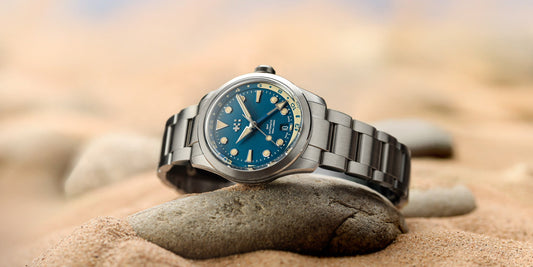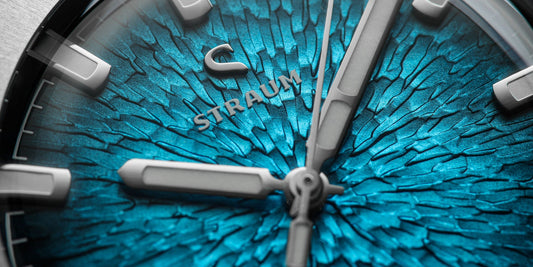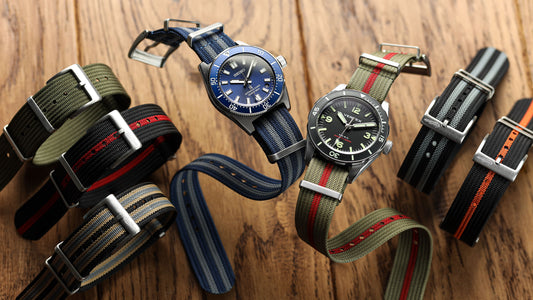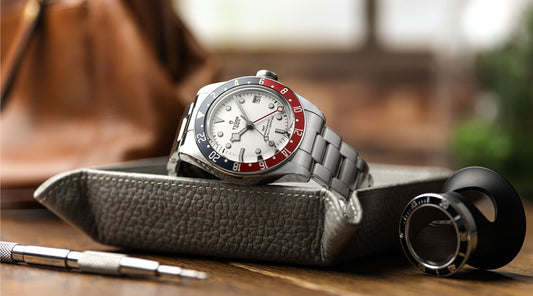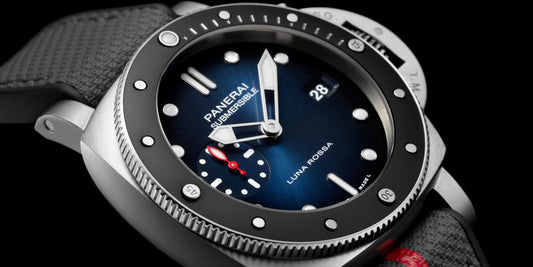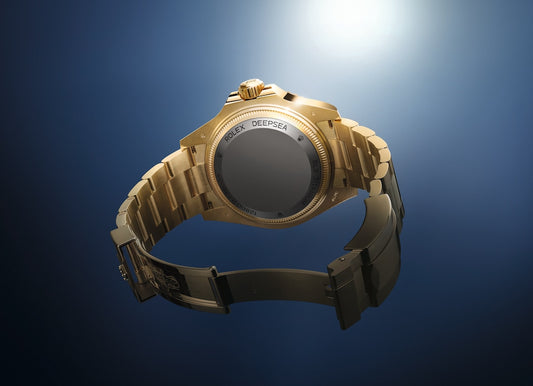Everything you wanted to know about tritium watches...
Since our military strap collaboration with the UK company Nite Watches, and our video interviews with their CEO Roger Green, we have seen an increase in chatter about watches using tritium as a light source for illumination, as opposed to traditional lume. Our analytics expert has particularly noted more hits from our US based readers.
NITE Hawk Watch yellow tritium - Credit NITE
The contact we have received came mainly in the form of questions such as how long does tritium last, how does it work and by far the most common, is it safe? Always keen to respond to readers here is a Q&A based feature which should answer some of your questions.
What is tritium illumination?
Tritium illumination is an extremely bright and potent light source used in the hands and indices of a watch. It is more reliable than conventional luminescence as it is always on and does not need to be charged by ambient or artificial light. Unlike electro-luminescence tritium does not tap off the watch battery therefore does not drain it. From a user perspective, tritium lume on a watch offers outstanding legibility in low or zero light.
Traser P96 ODP - Credit WatchGecko
How does it work?
Small glass tubes are inserted into the hands of a watch and slots where the hour markers would be. These are filled with a pressurised mix of phosphor and tritium gas. These two elements react with one another, the by product of which is emitted light. As the tubes are laser sealed the reaction process continues uninterrupted. The final product is often called GTLS for short - Gaseous Tritium Light Source.
How long does it last?
A tritium watch can be expected to glow for 25 years (although many go longer). At 12 years tritium reaches a “half-life” when it will reduce in brilliance. However even old tritium will glow longer and with more consistency than traditional watch luminescence.
Traser Code Blue - Credit Watchgecko
Is it safe?
In short – yes! Tritium watches are not dangerous and would not be sold if they were. All tritium watches have a rating on them which typically states T25 or T100. These numbers are a measurement of total millicuries of radiation being emitted by the watch. The readings from a tritium watch are exceptionally low when compared to other daily exposure to normal radiation.
What are the main benefits?
- The low light capability of tritium watches outclasses traditional lume.
- The brilliance will not deteriorate through the night.
- Tritium is very long lasting with no appreciable performance drop for around 10 years.
- Tritium does not deplete any power source in the watch.
 Luminox 3050 - Credit WatchGecko
Luminox 3050 - Credit WatchGecko
Are there any drawbacks?
Tritium is bright, especially T100, therefore if such visibility could be an issue for you professionally then think about the implications before buying. Other than this possible tactical requirement – there is no reason not to own a tritium watch.
Do military and professional users favour tritium?
Yes. Tritium watches have been standard issue to elite units for many years including the British SAS and US Navy SEALs. Generally these units are deployed with polymer tritium watches rather than metal cases as these are better suited to harsh punishment and demonstrate superior Explosive Ordnance Destruction (EOD) characteristics.
For civilian outdoor use as a field watch, tritium has also been popular for years.
Marathon GP Field Watch - Credit WatchGecko
Dial aesthetics – how do tritium tubes affect the looks of a watch?
As tritium comes in glass tubes or even blocks (see NITE Alpha), there is little room for elaborate hour marker designs. It is common on higher end watches to have shaped numerals in lume, however this is not possible with tritium due to the way the tubes are mass manufactured by MB Microtech. This lends tritium watches to be more “tool and tactical” orientated.
Does the addition of tritium make a watch cost more?
It can a add to the overall cost of producing a watch but the extra cost is more than compensated for by significantly better low light performance. A similar polymer watch without tritium will cost perhaps £100 or US$ 120 less.
What brands use tritium?
Tritium dials are most synonymous with the brands Luminox, Traser, Nite and Marathon, all of whom have issued watches to military units. There are some other brands who dabble in the technology although everyone gets tritium tubes from the same source. The four brands mentioned here are very experienced with this material and design dials to maximise tritium performance.
Is tritium right for me? WatchGecko recommendations!
A tritium watch is never going to be one of the high end products in your collection. Unless you go for something like a smarter stainless steel Nite Alpha the chances are your chosen watch will be carbon or polymer cased and look tactical. Also, it’s worth noting that for the purposes of this Q&A when we refer to tritium watches we are not considering models made by Rolex and Breitling in the 1960s with old radium. We are only looking at modern watches with sealed glass tubes.
As we said at the end of a previous tritium feature unless you fundamentally hate the idea of moving away from old school lume there is no good reason NOT to own a tritium watch, whether it be for general ultra-light wear, for sport or professional military/LE use. Trust us, on that first evening when you look at your new T25 dial in low light, it will will be a revelation.








